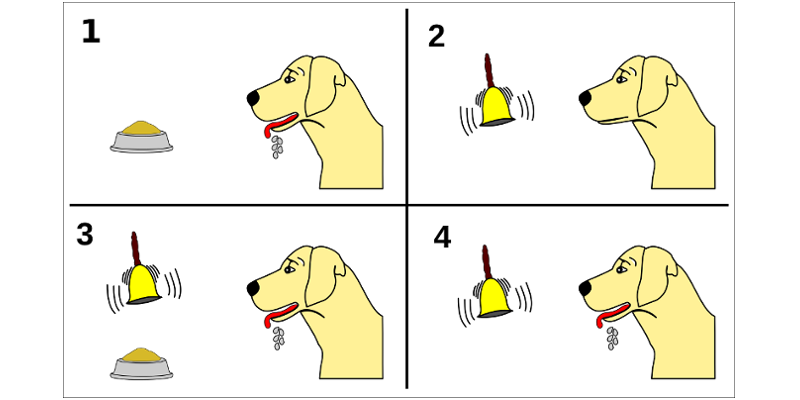Too often I find companies dismissive of being innovative. They believe they need to invent something new or the costs are too high and risky. Although it would be great for business if you could be the first to create the next IBM Watson or even Airbnb, innovation does not need to be something so grandiose to prove beneficial.
Apple released the iPad back in 2010 to praise and a little skepticism. It created a market that did not previously exist by leveraging its iPhone concepts on a larger scale. Arguably, Apple was innovative as it changed the way people consumed the digital world.
Currently, trends are moving away from Apple’s iPad and other tablets towards 2-in-1 devices led by Microsoft’s Surface devices. The 2-in-1 offers people the same convenience as a tablet, with the added benefit of a full computer experience. Again, this changed the way people wanted to use their devices. And, what devices they desired.
Apple continues to evolve their products by making them lighter, thinner, and faster (even making Pro and Mini versions). But, can we consider that innovative?
Innovation is not about making technology move faster. It is about changing peoples’ behaviors and habits.
Innovation with Available Resources
Using your current resources, what can change about your product or internal processes to improve somebody’s day?
It seems a simple question, but every member of your team should be considering its impact. This is how employees become more efficient and productive. Or, how your customers engage with your company and potentially attract new interest.
And, remember, do not limit your thinking about resources. Resources are not just employees but anything that creates a constraint. Limiting every business are the typical factors: time, budgets, materials, skills, etc.
Combining Concepts or Tools in New Ways
If your company is not constantly innovating, your competition will find ways to innovate past you.
How can you leverage the very tools and people you have already invested? For example, companies will regularly invest in software packages without receiving the full benefit. Make sure your employees are using all the features. If you are not sure about the product, request further training before looking to replace it.
Review your products and determine how well they are satisfying your customers’ needs. Often, minor alterations can produce great benefits. And, it does not need to be a significant expense. Ask the employees closest to the customers how to improve the product.
Altering Behavior or Habits
Entrepreneurs fail at an alarming rate. I believe most of them have creative and unique ideas. But, unless the idea changes behaviors or peoples’ habits, it is hard to build a successful company.
This is true of existing companies as well. You should challenge your employees’ work habits to become more productive. And, you and your team should always look for your customers’ pain or inefficiencies. How can you improve your products or processes by just a little change a behavior or habit?
I will leave you with one last consideration. In my experience, it can be greatly beneficial to bring in an objective third party to review processes or talk to existing customers. When a behavior becomes a habit, people find it difficult to step back and identify a different viewpoint.
Time to get innovating!

